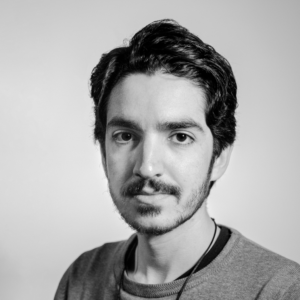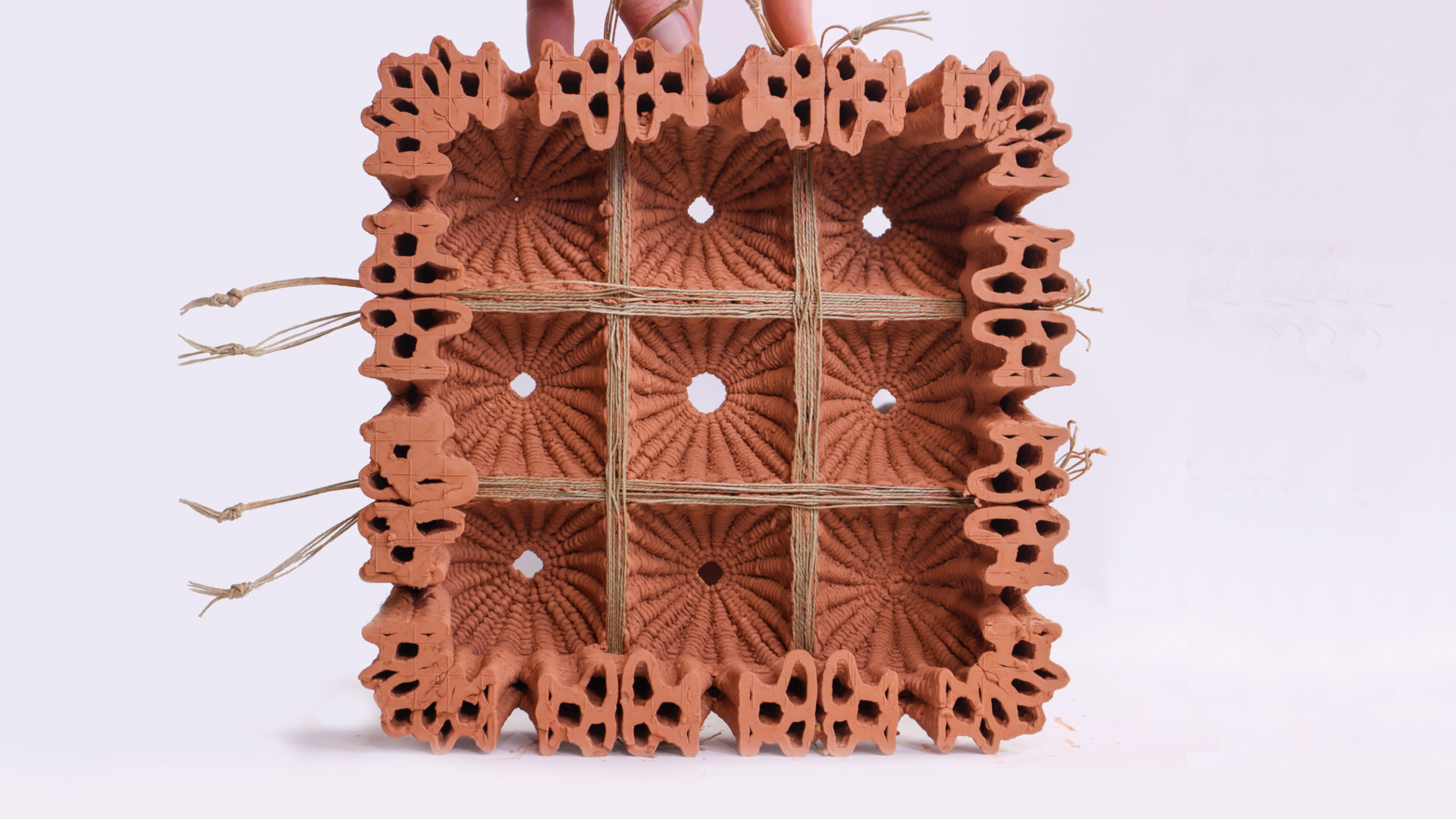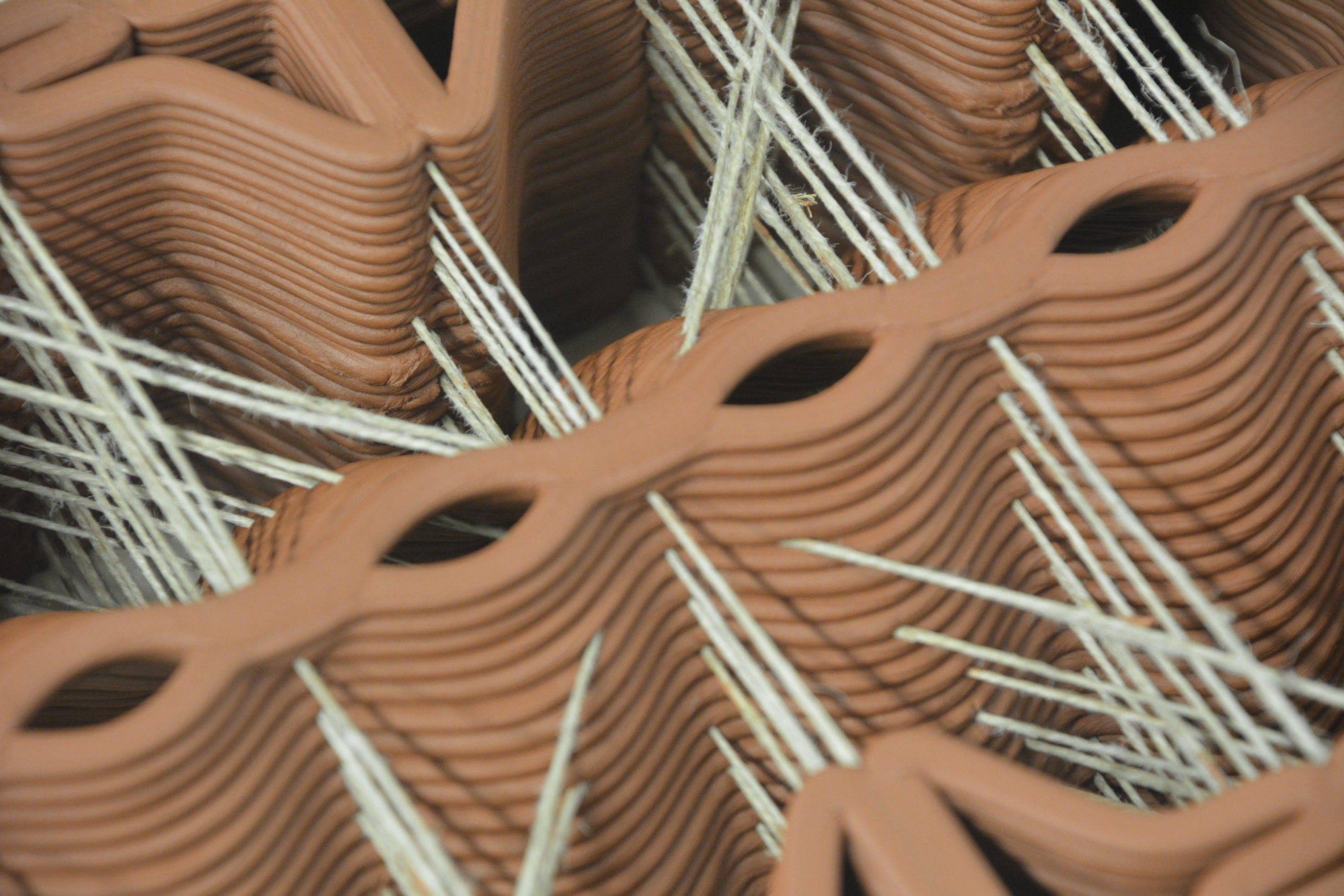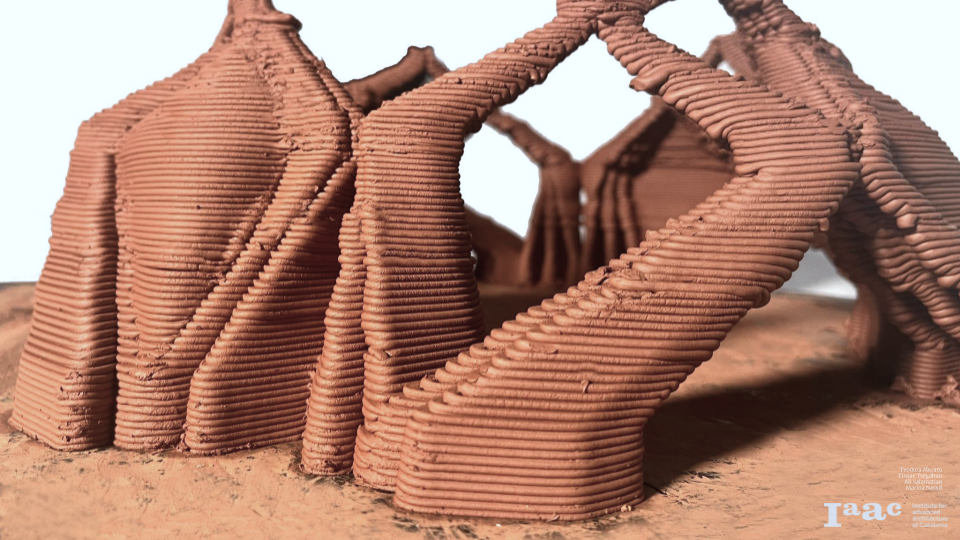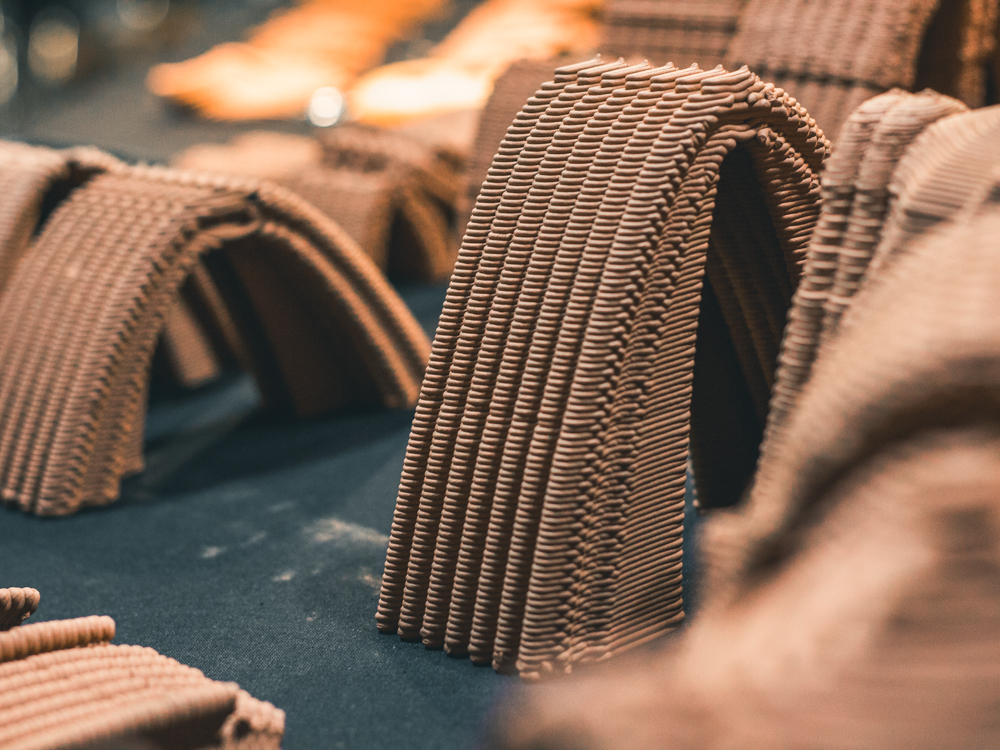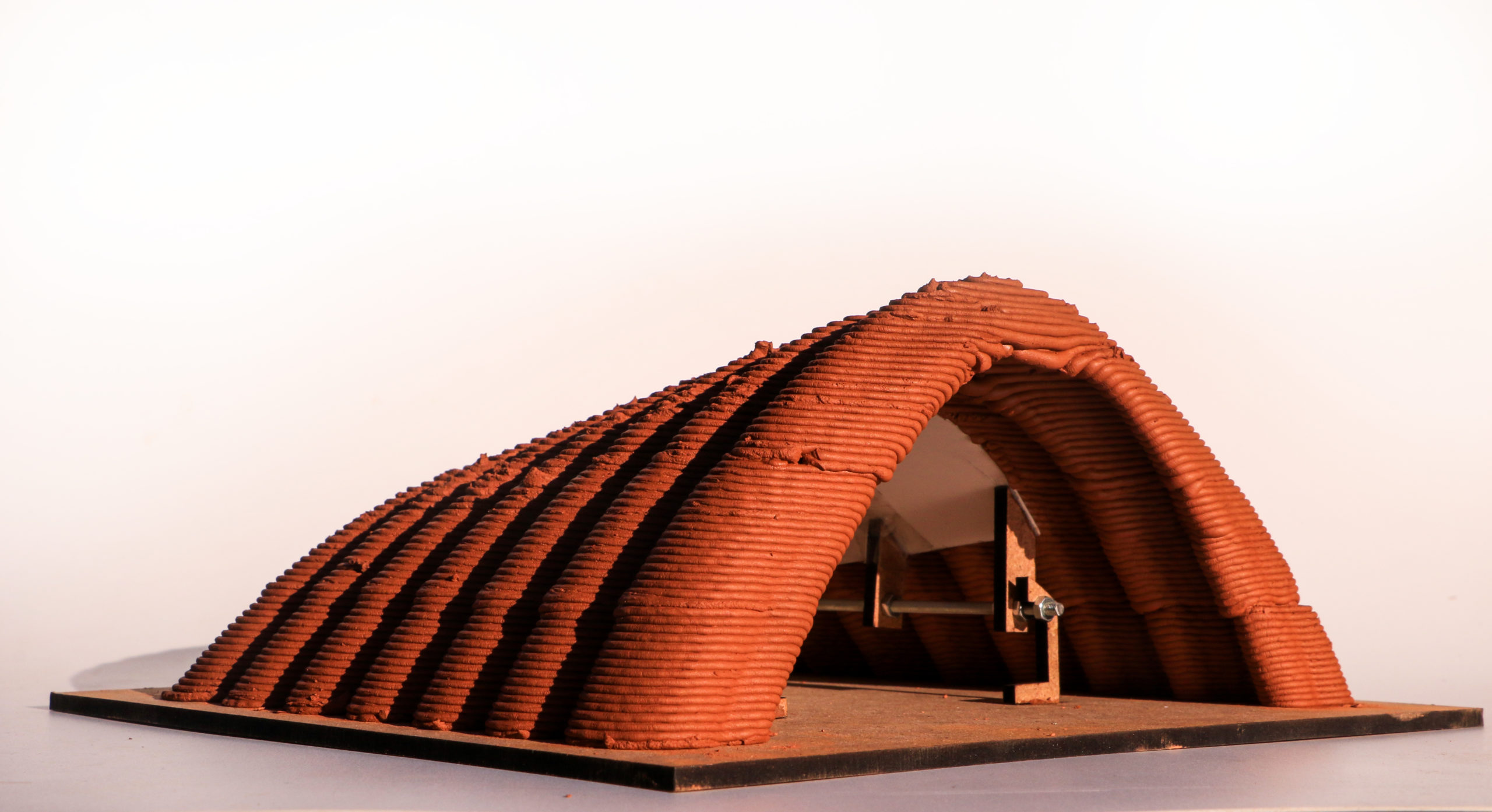With its promise of free-form fabrication, Additive Manufacturing challenges traditional construction methods, their phases and timelines. Architectural elements created with these technologies can be now understood as parts of single holistic designs. Planning and design, fabrication, construction and assembly can now be controlled by a single agent that can have a general vision and overview. Thanks to the intelligence that the designer can embed in the design, it’s now possible to comply with most of the requirements that architecture demands. Now the challenges of enclosing a space, climatic control, and structural properties can now be solved within a single well-designed unit.
Our modern understanding of architectural components and construction systems allows us to recognize buildings as a collection of elements and materials that when working together solve the basic comfort needs of interior spaces. 3D printing challenges that statement deeply as it offers, at least, the possibility to design and fabricate elements that deal with and solve two or more comfort exigencies, sometimes even outperforming classical and traditional constructive systems.
When dealing with the fifth façade, vernacular earth construction tends to seek materials and elements that can solve and be used efficiently to cover horizontal spans. This switch of materials allows earth to work primarily under compression, avoiding altogether the need to work against gravity and the intrinsic tension that horizontal elements are required to support.
One of the objectives of the research phase is to define the feasibility and design of horizontal elements created via 3D printing and a monomaterial (or not) approach. Current fabrication techniques and material optimization can be now used to rethink those horizontal elements with a single holistic design. Will then the specificity of the material allow it?
Extrusion-based additive manufacturing processes have intrinsic constraints when dealing with gravitational forces exerted during the fabrication procedure. The viscous rheology of the material needed for successful extrusions does not allow, at least in earth 3D printing, in-situ consolidation. That creates inevitable challenging conditions for covering horizontal spans. Other concepts no less important like retraction of the material, scaffolding and consolidation of the beads need to be addressed and taken into consideration to achieve enclosed successful 3D printed structures.
Topic of work
3DPA Research 2022-23 will deal with the fabrication of horizontal, semi-horizontal spans and covered spaces. After W03 – Structure, students already have gathered knowledge on what geometries and typologies can be achieved with single surface elements, with a basic understanding and prediction capabilities of structural behaviors of their printed specimens. This phase aims to add wall thickness to the previous explorations and test the limit of gravity with our specific additive manufacturing process. The usage of earth as a base material, poses some challenges that need deep, targeted and direct research in fields like:
- Fiber reinforcements
- Support & Scaffolding during consolidation
- Rigidity and Stiffness via Geometry
- Post-tensioning and/or wet-state tensioning
In addition, all research projects are expected to include in some degree, research in the fields of design for additive manufacturing, material development and material weight reduction, updates on machine and extrusion processes, prefabrication sets and off-site construction, wet-state actuations and inserts and finally, new computational developments and workflows.
Methodology
Research refers to the systematic method consisting of enunciating a problem, formulating a hypothesis, collecting facts and data, analysing the facts and reaching certain conclusions either in the form of solution(s) towards the concerned problem, or in certain generalisations for a theoretical formulation. The research process can validate -or not- preconceived notions about specific topics. In our case scenario, students will be asked to perform rigorous work to evaluate their research outcomes, gaining knowledge after every experiment and test print before assuming performance.
Students will work in groups to be able to achieve the goals of the research studio. Following classical learning by experimenting methods and design-driven innovation, students will be asked to demonstrate their hypothesis via exploration and analysis, mostly through prototyping. Each group will have access to a desktop printer to conduct their small-scale (1:10) research and prototypes. Students will be autonomous with the usage of these printers and its maintenance. At a later research stage, students will have access to robots for producing larger test samples and specimens in 1:3.
3DPA students might need to develop experimental setups within IAAC facilities, in both physical and digital to validate and demonstrate their research agendas:
Physical Analysis
Existing experimental setup:
- Geometrical Deformation (with Calliper or 3D scanning / Photogrammetry)
- Water content (with precise scale)
- Dripping test (visual quality + Weight loss)
- Compressive / Flexural Strength analysis (with crash test)
- Thermal analysis (with Thermal camera, laser measurements)
- Heat Chamber (with heat lamp and temperature sensors)
- Light Analysis (with camera and light sensors)
Digital Analysis
Digital analysis and simulation:
- Geometrical Analysis (Gh)
- Rainwater simulation (Gh)
- Sun Analysis (LadyBug)
- Structural Analysis (Karamba)
- Light Analysis (Render / Honey Bee)
- CFD analysis (Rhino CFD, Autodesk CFD)
During the eight weeks of the research, follow up sessions will happen on fridays. All along this period, several computational and drawing scenarios pills are planned as well. Students will have access to support hours for discussing both physical and digital topics. Tutors will be available as well for extra 1 on 1 sessions in critical moments.
Learning Objectives
At course completion the student will:
- Formulate a research question and research agenda in an innovative field.
- Interpret data from Physical testing and propose decisions taken by data analysis.
- Gain critical thinking about the additive manufacturing process and structural solicitations.
- Understand Structural behaviours in 3d Printing at a deeper level, incorporating structural logics in the design of geometries for additive manufacturing.
- Get familiar with structural analysis with the Finite Element Method (FEM) and interpret data from FEM analysis.
- Propose new digital workflows in design for additive manufacturing processes.




